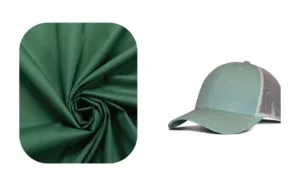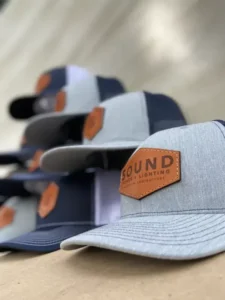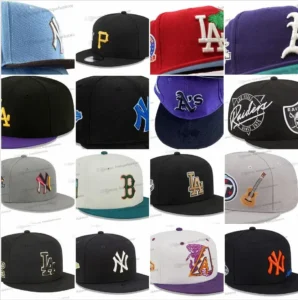Top hats have long symbolized elegance, sophistication, and a certain timeless style that spans centuries. But have you ever wondered what real top hats are truly made of? Beneath their sleek, towering exterior lies a fascinating history of materials and craftsmanship. Real top hats traditionally are made from luxurious materials such as beaver fur felt, silk plush, and high-quality wool felt — each chosen for their texture, durability, and finish. This guide dives deep into the origins, materials, and evolution of top hat construction, offering you a detailed understanding of what sets authentic top hats apart.
Picture the grandeur of a 19th-century gentleman tipping his silk plush top hat or a classic magician’s showpiece crafted from fine beaver fur. These hats are not just fashion statements; they represent centuries of artisanal mastery and material science. Stick with me as we uncover what really goes into making these iconic hats.
1. What Materials Were Traditionally Used in Top Hat Construction?
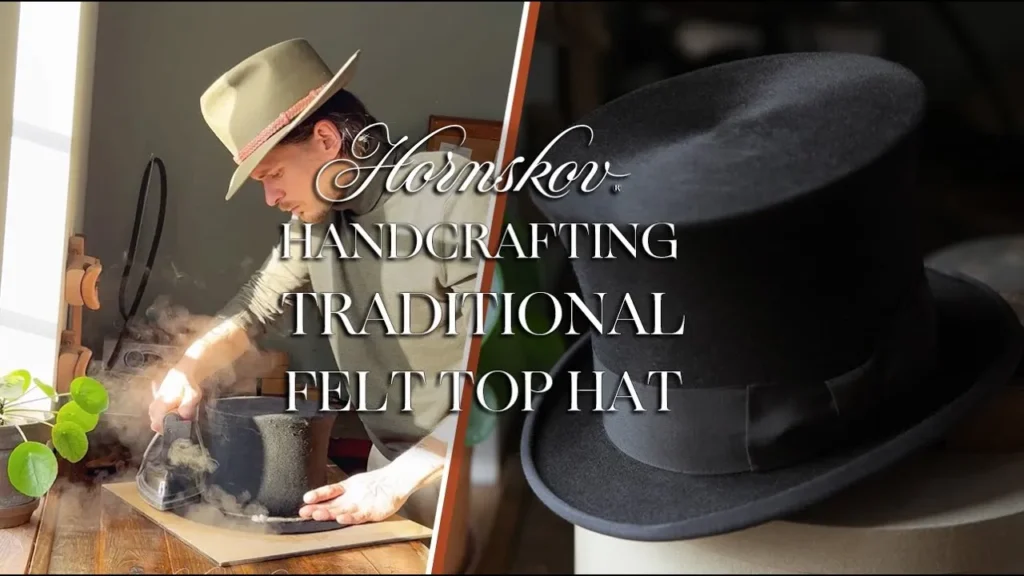
Historically, real top hats were crafted mainly from beaver fur felt, silk plush, wool felt, and occasionally leather — materials prized for their smoothness, sheen, and ability to hold shape.
- Beaver Fur Felt: In the 18th and 19th centuries, beaver fur was the gold standard for top hats due to its dense, waterproof fibers that felt into a smooth, durable fabric. This material gave hats a luxurious finish and exceptional longevity. Its scarcity eventually drove prices up, making beaver felt top hats highly coveted.
- Silk Plush: Silk plush became popular in the 19th century as an alternative to fur felt. Woven from high-quality silk fibers, it offers a shiny, velvety finish that became synonymous with formal attire. Despite being less durable than beaver felt, silk plush provided unmatched elegance and visual appeal.
- Wool Felt: Wool felt served as a more affordable substitute. It was less lustrous but easier to produce and more accessible to the general public. Though not as smooth as beaver or silk, wool felt hats could be crafted with great care to achieve respectable quality.
- Leather: Occasionally used for top hats, especially in rugged or alternative styles, leather provided durability but lacked the traditional sheen and softness.
| Material | Characteristics | Historical Use | Price Range (Historic) |
|---|---|---|---|
| Beaver Fur Felt | Dense, waterproof, durable | Luxury top hats (18th-19th century) | Very High |
| Silk Plush | Shiny, soft, elegant | Formal hats (19th century onwards) | High |
| Wool Felt | Affordable, less lustrous | Common use, everyday hats | Moderate |
| Leather | Durable, rigid | Specialized styles | Variable |
These materials defined the craftsmanship and status associated with real top hats for centuries.
2. How Did the Manufacturing Process Evolve Over Time?

The making of top hats evolved from labor-intensive handcrafting with fur felting to mechanized processes incorporating silk weaving and modern textile production techniques.
- Early Felting Techniques: Originally, beaver pelts underwent wet felting, where fibers were matted by hand and shaped over wooden blocks. This painstaking process ensured water resistance and durability.
- Introduction of Silk Plush: In the 19th century, silk weaving technology allowed the production of silk plush fabric, which was then cut and glued onto hat bodies. This shifted some manufacturing from full felting to textile application.
- Modern Methods: Today, some top hats still honor traditional methods, but many use wool felts combined with synthetic adhesives and shaped using machinery for efficiency and consistency. Quality control now integrates strict standards for fabric finish, stiffness, and fit.
| Era | Manufacturing Highlights | Impact on Materials |
|---|---|---|
| 18th Century | Hand wet felting of beaver pelts | Handmade, labor-intensive |
| 19th Century | Introduction of silk plush, textile tech | Broader material options |
| 20th – 21st Centuries | Mechanization, synthetic blends | Cost reduction, wider availability |
This progression balanced tradition with innovation, allowing top hats to remain iconic and accessible.
3. What Are the Characteristics of Modern Top Hat Materials?
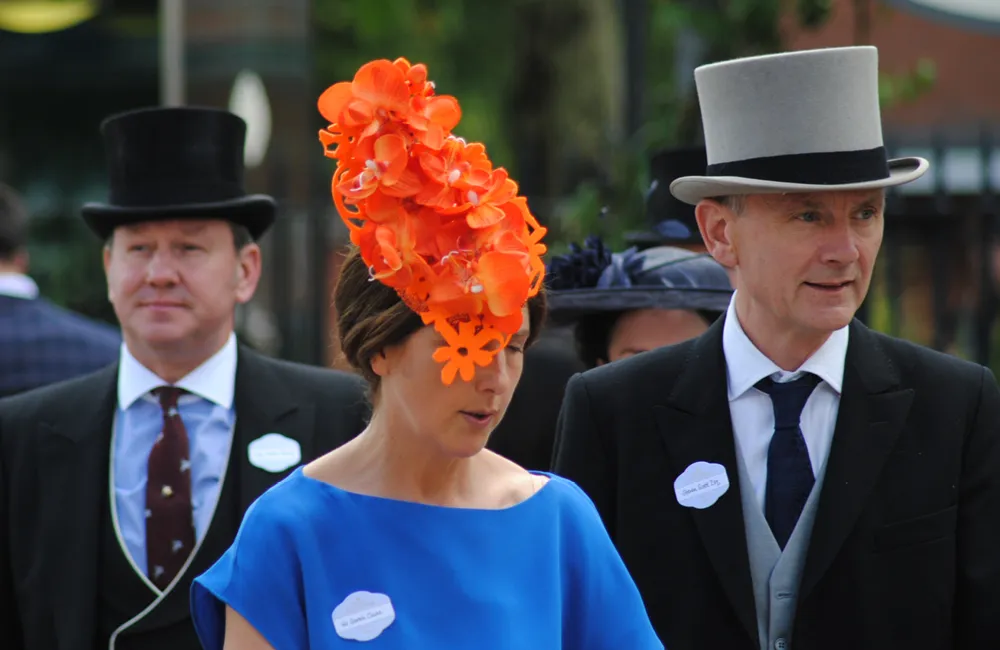
Modern top hats predominantly use high-quality fur felts, wool felts, and sometimes leather, balancing luxury, durability, and cost-efficiency.
- Fur Felt: Often from rabbit or hare, fur felts today replicate much of the softness and sheen of historic beaver felt but at a lower cost. High-grade fur felts still command premium prices.
- Wool Felt: Refined wool felts with dense fibers offer a matte finish and sturdy shape. They are more breathable and easier to maintain, suitable for less formal or fashion-forward hats.
- Leather: While less common, leather top hats cater to niche markets seeking rugged, alternative aesthetics.
| Material | Appearance | Durability | Price Point | Usage |
|---|---|---|---|---|
| Fur Felt | Soft, lustrous | High | Premium | Formal, luxury hats |
| Wool Felt | Matte, textured | Medium | Affordable | Casual, costume hats |
| Leather | Glossy, rugged | Very High | Variable | Alternative styles |
The choice depends on target markets and desired aesthetics.
4. Which Materials Are Considered Most Luxurious and Why?

Silk plush and beaver fur felt are traditionally the most luxurious materials for top hats, prized for their exceptional texture, shine, and exclusivity.
- Silk Plush: This fabric’s natural sheen and smoothness provide an unmatched elegance. The difficulty and cost of producing high-quality silk plush make it a symbol of refinement.
- Beaver Fur Felt: Known for water resistance, durability, and a dense velvety finish, genuine beaver felt is rare and expensive, preserving its status as a premium material.
- Luxury Branding: Top hat makers and bespoke tailors often highlight these materials to appeal to discerning customers who seek tradition and exclusivity.
| Material | Luxury Qualities | Market Position | Notable Use Cases |
|---|---|---|---|
| Silk Plush | High sheen, smooth texture | High-end fashion | Ceremonial, weddings |
| Beaver Fur Felt | Durable, water-resistant, velvety | Ultra-premium | Historic reproductions |
The rarity and tactile qualities of these materials justify their luxury standing.
5. How Do Top Hat Materials Affect Their Durability and Maintenance?
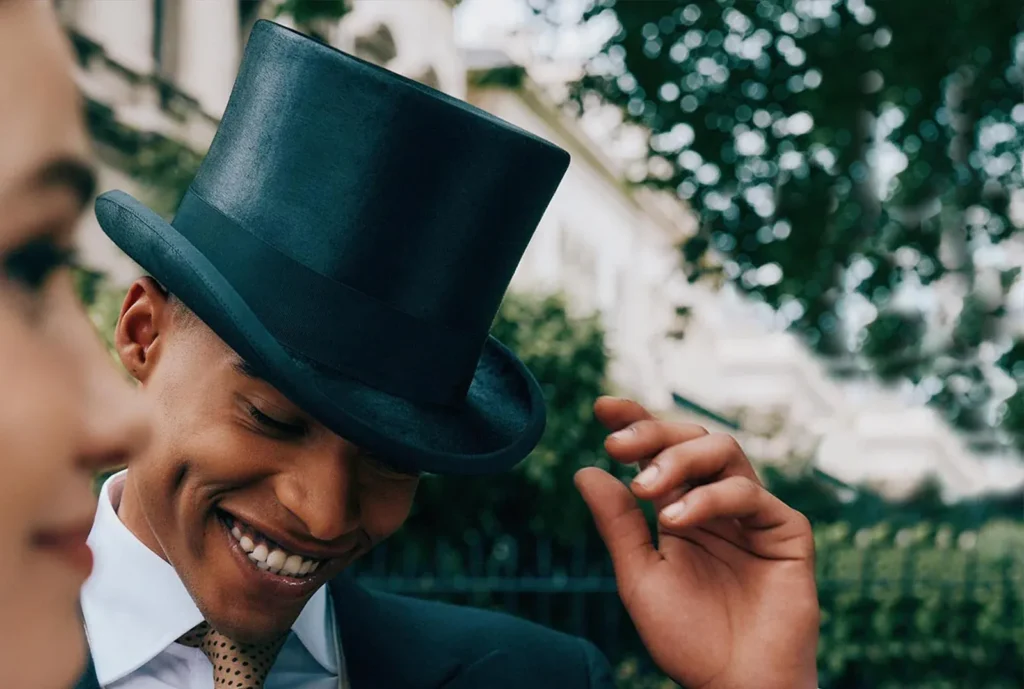
Material choice directly impacts how durable a top hat is and the type of care it requires to maintain its appearance.
- Beaver Fur Felt: Highly durable and resistant to water, but requires protection from oils and prolonged sun exposure. Professional cleaning is recommended.
- Silk Plush: Delicate and prone to damage from moisture or abrasion; demands careful handling and dry cleaning.
- Wool Felt: Easier to clean and maintain but less water-resistant; can shrink or distort if exposed to water.
- Leather: Durable with proper conditioning; prone to cracking if neglected.
| Material | Durability | Care Requirements | Expected Lifespan |
|---|---|---|---|
| Beaver Fur Felt | Very High | Professional cleaning, storage | Decades |
| Silk Plush | Moderate | Gentle, dry cleaning only | Years with care |
| Wool Felt | Moderate | Spot clean, avoid soaking | Several years |
| Leather | High | Conditioning, avoid moisture | Long-term with upkeep |
Proper maintenance extends a top hat’s life and preserves its distinctive qualities.
6. What Are the Ethical Considerations in Sourcing Top Hat Materials?

Ethical sourcing of fur and silk is a growing concern, leading to demand for responsibly produced or alternative materials.
- Fur Sourcing: Historically, beaver and other animal pelts came from trapping or farming practices that often raised animal welfare issues. Today, certified humane sourcing and fur-free alternatives are encouraged.
- Silk Production: Silk farming involves the killing of silkworms, leading some to prefer cruelty-free alternatives like peace silk or synthetic fibers.
- Material Alternatives: Some manufacturers explore high-quality wool felts, recycled synthetics, or faux fur to appeal to ethical consumers without sacrificing style.
| Material | Ethical Concerns | Alternatives | Certifications/Standards |
|---|---|---|---|
| Beaver Fur Felt | Animal welfare, trapping impacts | Faux fur, recycled synthetics | Responsible Fur Initiatives |
| Silk Plush | Silkworm mortality | Peace silk, synthetic silk | OEKO-TEX®, Vegan Certifications |
Awareness of sourcing practices influences consumer choices and industry trends.
Real top hats are crafted from materials with rich histories and diverse qualities — from the luxurious silk plush and water-resistant beaver fur felt to the practical wool felts and niche leather varieties. Each material carries unique attributes influencing luxury, durability, care, and ethics.
If you’re looking to create or source authentic, high-quality top hats that respect tradition while meeting modern standards, Kinwin stands ready to deliver. Our expertise in sourcing premium materials and advanced craftsmanship ensures your custom top hats will blend elegance, durability, and sustainability.
Reach out to Kinwin today for a quote or to discuss your bespoke top hat project — let’s craft timeless style together!



